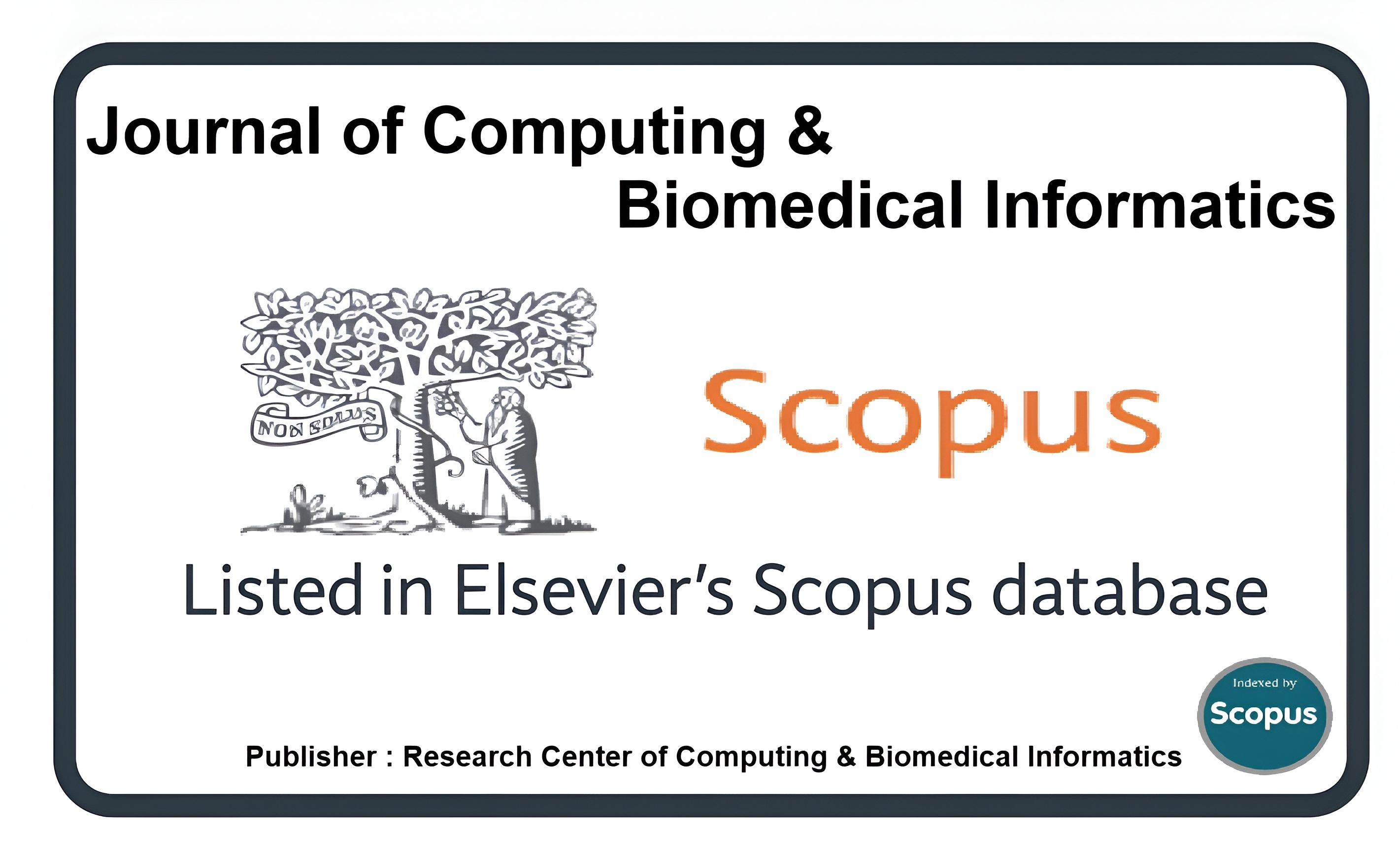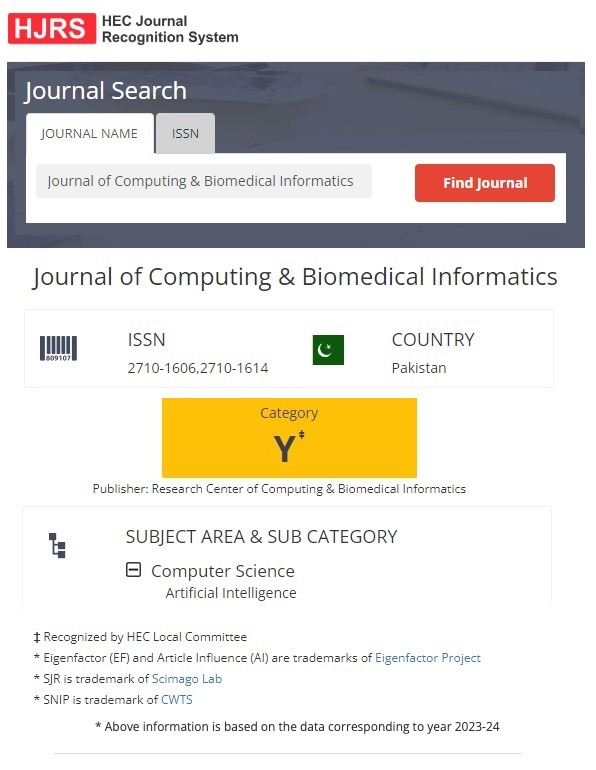Enhancing Vehicular Network Security: An In-Depth analysis of Machine Learning Approaches
Keywords:
Vehicular Ad Hoc Network (VANET), Roadside Units (RSUs), Edge Network, Machine Learning Techniques, Vehicular CommunicationsAbstract
Modern transportation systems heavily rely on vehicular networks, facilitating crucial applications such as autonomous driving, in-car infotainment, traffic management, speed restriction, and road safety. These networks primarily utilize the Vehicular Ad Hoc Network (VANET) architecture, which connects vehicles via roadside units (RSUs) to the edge network and ultimately to a backbone network through wired or wireless connections. However, the open and dynamic nature of VANETs introduces various security challenges that can compromise vehicular communications, potentially jeopardizing the safety and efficiency of intelligent transportation systems. This study examines the current state of security services, common attacks, and application scenarios specific to VANETs, with a focus on machine learning techniques to strengthen these networks. It evaluates advancements, identifies gaps, and suggests future research directions to enhance the robustness and resilience of VANETs in an increasingly connected and automated transportation environment. This study aims to support ongoing efforts to address security issues in VANETs and enable the full potential of vehicular networks in future transportation systems.
Downloads
Published
How to Cite
Issue
Section
License
This is an open Access Article published by Research Center of Computing & Biomedical Informatics (RCBI), Lahore, Pakistan under CCBY 4.0 International License





